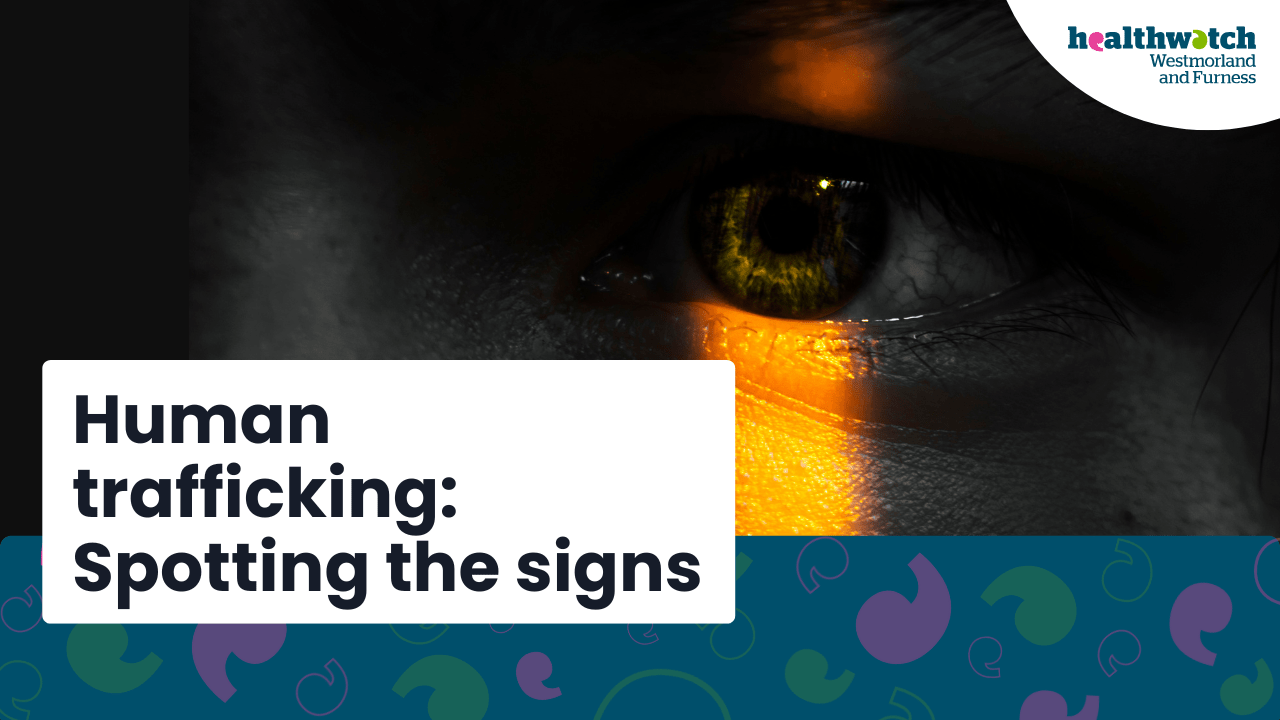
NGOCSTIP – Signs of human trafficking are often hidden in plain sight, making it difficult for the average person to recognize the signs of exploitation. However, awareness and knowledge about these signs are key in preventing trafficking and helping victims escape from their captors. Human trafficking is a global issue affecting millions of men, women, and children across the world. It takes many forms, including labor trafficking, sex trafficking, and even organ trafficking. While law enforcement and specialized organizations play a crucial role in combating this crime, individuals can also make a difference by being aware of the warning signs and knowing how to help.
In this article, we will explore the common signs of human trafficking, how to recognize them, and the steps you can take to help protect potential victims.
Human trafficking often takes place in plain sight, with victims blending into their surroundings, making it difficult to identify them. However, there are some clear signs that may indicate someone is a victim of trafficking. These signs can be behavioral, physical, or circumstantial. It’s important to pay attention to your environment and be aware of any red flags.
“Read about: Human Trafficking Foundation: Key Insights from the April 2025 Advisory Forum”
Victims of human trafficking often bear physical signs of abuse or neglect. This may include unexplained bruises, burns, or scars. They may have injuries that appear old and untreated, suggesting they haven’t received proper medical care. Trafficking victims may also appear malnourished or show signs of poor hygiene, as they are often denied access to food, water, and basic care.
Additionally, victims may have multiple signs of stress and exhaustion due to long hours of work, lack of sleep, or emotional distress. If you notice someone who looks unhealthy or unusually disheveled in a public place, it could be a sign that they are being trafficked.
One of the biggest red flags of human trafficking is when a person appears to have no control over their own life or circumstances. Trafficking victims may be controlled by their captors, who monitor their every move, dictate where they go, and prevent them from leaving certain locations. You may notice that they always appear accompanied by another person, who may seem overly controlling or possessive.
In some cases, victims of sex trafficking may be found in situations where they are forced to stay in specific places for extended periods, with no freedom to go out or interact with others without supervision. If you observe someone constantly escorted by someone who seems to hold power over them, it may be a warning sign of trafficking.
“Read more: Epilepsy in Children: Signs, Treatment, and Hope for the Future”
Human trafficking victims may be evasive or give inconsistent answers when asked about their whereabouts, background, or personal details. They may struggle to explain how they arrived at a location, or their responses may seem rehearsed or unconvincing.
Another common sign is the lack of identification, such as a passport or driver’s license. Victims may also be unable to provide clear details about where they are staying or where they are from. Traffickers often confiscate or destroy their victims’ identification, making it harder for them to escape or seek help.
Victims of human trafficking often exhibit signs of fear, anxiety, or nervousness. They may avoid eye contact, appear unusually submissive, or be extremely cautious when interacting with others. They might fear being approached or engage in suspicious behavior, such as avoiding questions or constantly looking over their shoulder. Fear of their captors or law enforcement is a common trait among trafficking victims, especially those who have been threatened with violence or punishment.
If you encounter someone who appears overly anxious or frightened, especially in public settings, it’s worth considering whether they may be a victim of trafficking.
Another sign of human trafficking is when someone works under exploitative conditions. Trafficking victims are often forced to work long hours without breaks, usually in agriculture, construction, hospitality, or domestic work. These workers may not receive proper wages, be isolated from others, or suffer physical abuse if they fail to meet demands.
If you see someone working in unsafe conditions, such as long hours, poor pay, or extreme isolation, it could signal human trafficking.
Recognizing the signs of human trafficking is the first step, but it’s equally important to know how to respond. If you suspect that someone is a victim of trafficking, here are the steps you can take:
If you believe someone is being trafficked, it’s crucial to contact local authorities or a human trafficking hotline. In the United States, you can call the National Human Trafficking Hotline at 1-888-373-7888. Reporting suspicious activities is a vital step in helping authorities intervene and prevent further harm.
If you suspect human trafficking, avoid confronting the trafficker directly. Traffickers may become violent, and the situation could escalate quickly. Instead, focus on discreetly collecting information that can help authorities take action.
If you have the opportunity to speak with a potential victim, offer support and inform them that help is available. Victims may feel unsafe reaching out to law enforcement, so provide resources like the National Human Trafficking Hotline. This can help them escape their situation.
Spotting the signs of human trafficking is crucial in protecting vulnerable individuals. By recognizing red flags and knowing how to respond, we can fight this crime. Awareness is essential, but individuals must act when they suspect trafficking. Offering support can make a lasting impact. Together, we can make a difference.